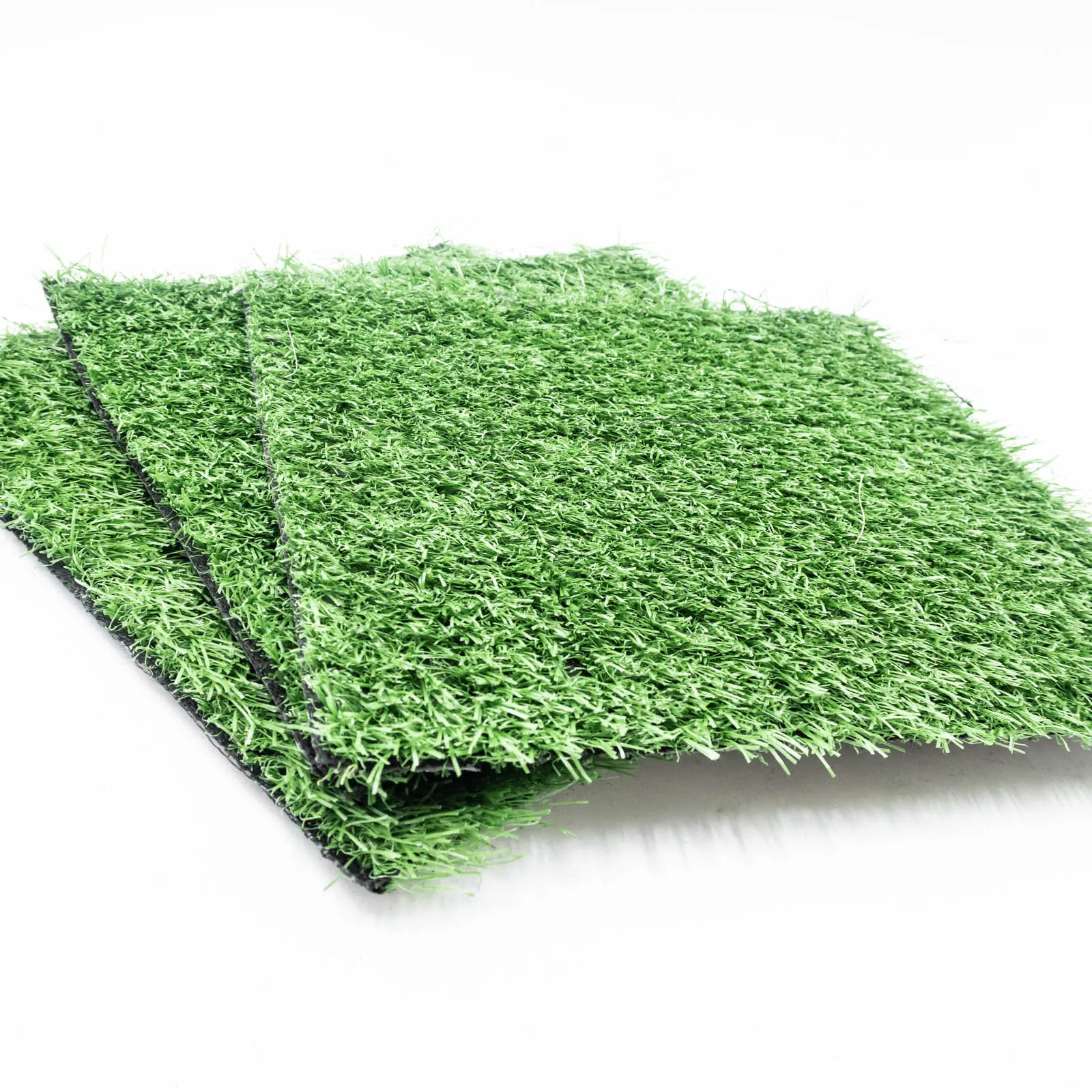
- Afrikaans
- Arabic
- Belarusian
- Bengali
- Czech
- Danish
- Dutch
- English
- Esperanto
- Estonian
- Finnish
- French
- German
- Greek
- Hindi
- Hungarian
- Icelandic
- Indonesian
- irish
- Italian
- Japanese
- kazakh
- Rwandese
- Korean
- Kyrgyz
- Lao
- Latin
- Latvian
- Malay
- Mongolian
- Myanmar
- Norwegian
- Persian
- Polish
- Portuguese
- Romanian
- Russian
- Serbian
- Spanish
- Swedish
- Tagalog
- Tajik
- Thai
- Turkish
- Turkmen
- Ukrainian
- Urdu
- Uighur
- Uzbek
- Vietnamese
Cost Analysis for Installing an Artificial Turf Soccer Field
Nov . 09, 2024 12:54 Back to list
The Cost of Artificial Turf Soccer Fields A Comprehensive Overview
Artificial turf soccer fields have become increasingly popular in recent years, not only for their aesthetic appeal but also for their functionality and durability. They present a viable alternative to natural grass fields, particularly in regions where climate and weather conditions challenge the maintenance of traditional grass surfaces. However, while the benefits are evident, understanding the costs involved in installing and maintaining artificial turf soccer fields is essential for decision-makers in schools, sports complexes, and communities.
Initial Installation Costs
The primary expense associated with artificial turf soccer fields is the initial installation. On average, the cost to install artificial turf can range from $600,000 to $1.5 million depending on several factors, including the size of the field, the quality of the materials used, and the complexity of the installation process. A standard FIFA-regulated soccer field is approximately 110 by 75 meters, and larger fields naturally command higher prices.
High-quality turf materials with advanced technologies—like those designed to provide better drainage, UV resistance, and durability—will typically cost more. However, investing in superior materials can significantly extend the lifespan of the field, often lasting 10 to 15 years or more without major repairs.
Site Preparation Costs
Before the turf can be laid down, the site must be adequately prepared. This involves grading the land, removing any existing grass or debris, and ensuring proper drainage systems are in place. Site preparation costs can add an additional $100,000 to $200,000 to the overall budget. Proper drainage is crucial because poor drainage can lead to water accumulation and damage the turf over time.
Ongoing Maintenance Costs
One of the selling points for artificial turf fields is their low maintenance requirements compared to natural grass fields
. Nonetheless, some ongoing maintenance is necessary to preserve the playing surface and ensure safety. Maintenance costs typically range from $10,000 to $20,000 per year and include tasks such asartificial turf soccer field cost

1. Regular Grooming This involves infill replenishment and brushing the turf to keep the fibers upright, which helps maintain optimal playing conditions.
2. Cleaning Over time, debris, leaves, and other organic materials can accumulate on the surface. Regular cleaning helps prevent mold and ensures player safety.
3. Inspections and Repairs Regular inspections should be conducted to identify any wear and tear, ensuring that repairs are made promptly to as not to compromise the safety and functionality of the field.
Potential for Cost Savings
While the initial investment in artificial turf is substantial, there are potential cost savings associated with it. For municipal areas and schools that maintain multiple fields, the reduced need for water, fertilizers, and pesticides can lead to significant savings over time. Additionally, artificial turf fields are usable in various weather conditions, allowing for a higher frequency of play. This can translate into increased revenue opportunities for sports complexes through hosting games, tournaments, and practices.
Environmental Considerations
While artificial turf fields offer several advantages, there are also environmental implications to consider. The production and disposal of synthetic materials can have ecological repercussions. Furthermore, there are discussions around the potential health impacts of infill materials, particularly those made from recycled tires, which can contain harmful chemicals. Therefore, stakeholders should weigh these factors carefully against the benefits offered by artificial turf.
Conclusion
In conclusion, the cost of installing and maintaining artificial turf soccer fields can be significant, but the advantages they offer in terms of durability, usability, and potential cost savings should not be overlooked. Careful planning and budgeting, along with an understanding of the long-term impacts, are essential for anyone considering making the switch from natural grass to artificial turf. As technology advances and materials improve, the case for artificial turf continues to strengthen, making it a popular choice for playing surfaces around the world.
-
The Benefits of Artificial Turf for Indoors
NewsJul.15,2025
-
How Artificial Grass Suppliers Ensure Quality Products
NewsJul.15,2025
-
Artificial Grass and Pets: A Space for Relaxation
NewsJul.08,2025
-
Balcony & Outdoor Decoration with Artificial Grass
NewsJul.08,2025
-
Best Indoor Artificial Grass for Home
NewsJul.07,2025
-
Best Pet Turf for Dogs: Safe & Durable Artificial Grass Options
NewsJul.07,2025
Products categories









